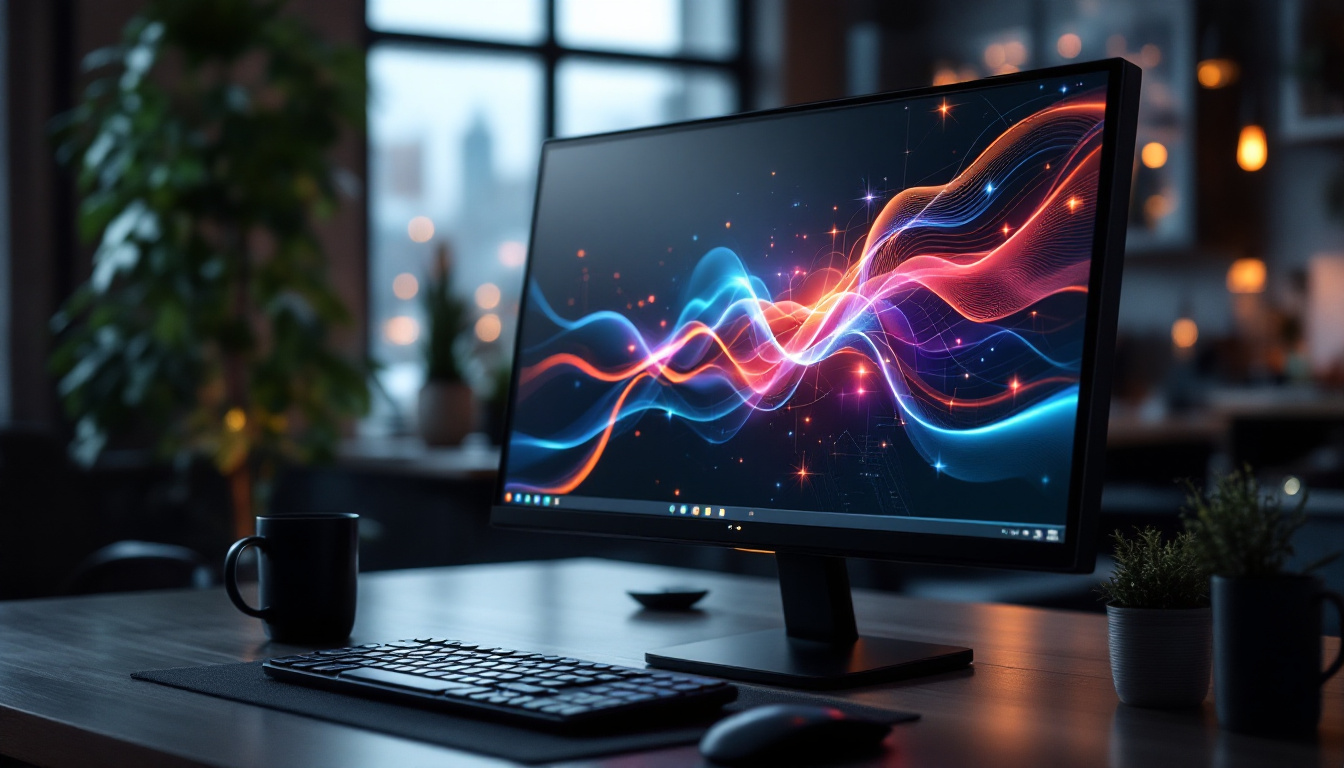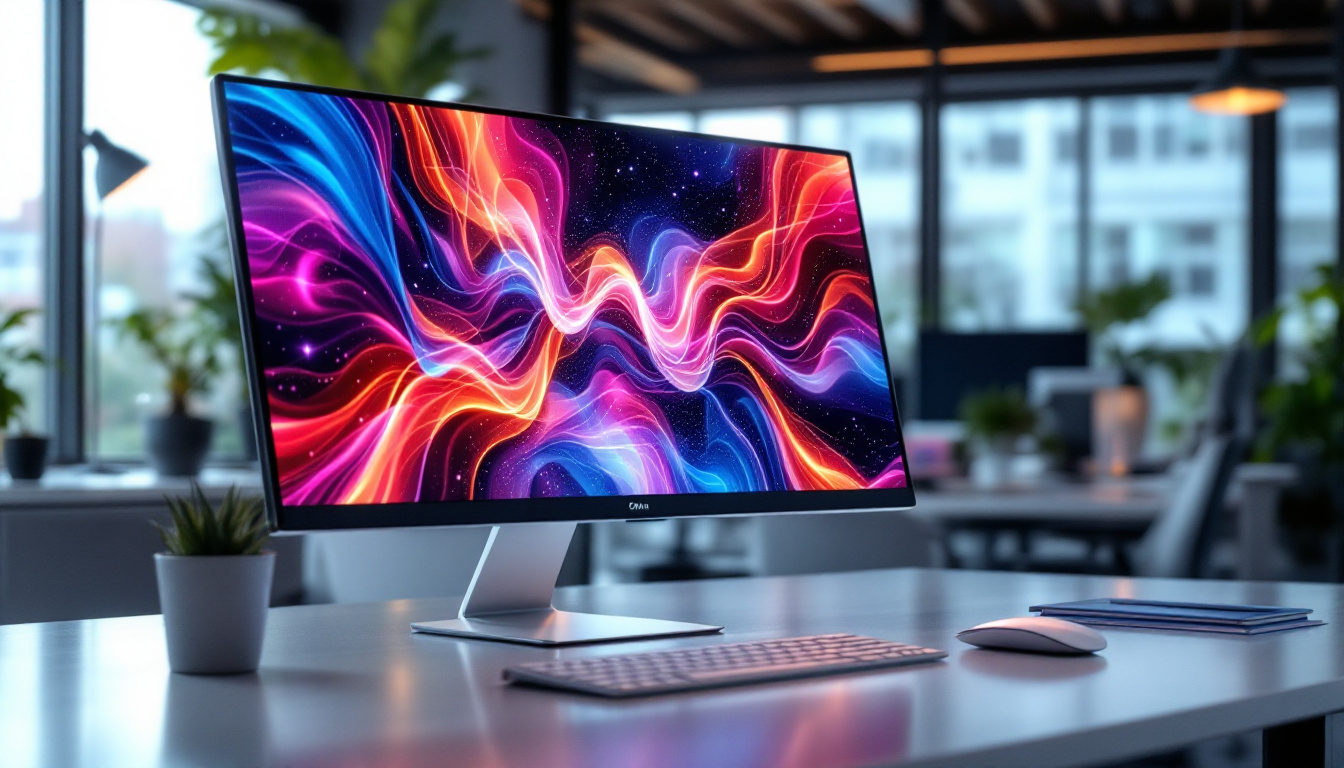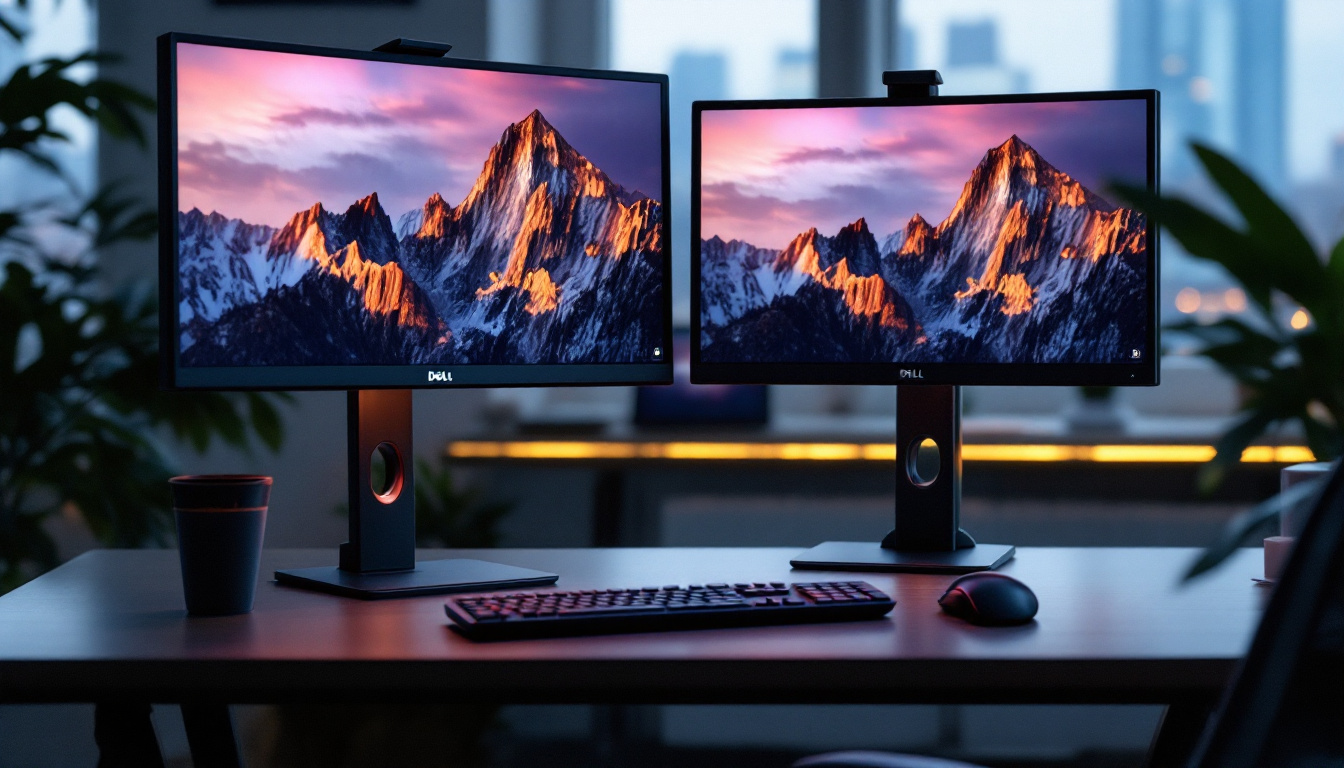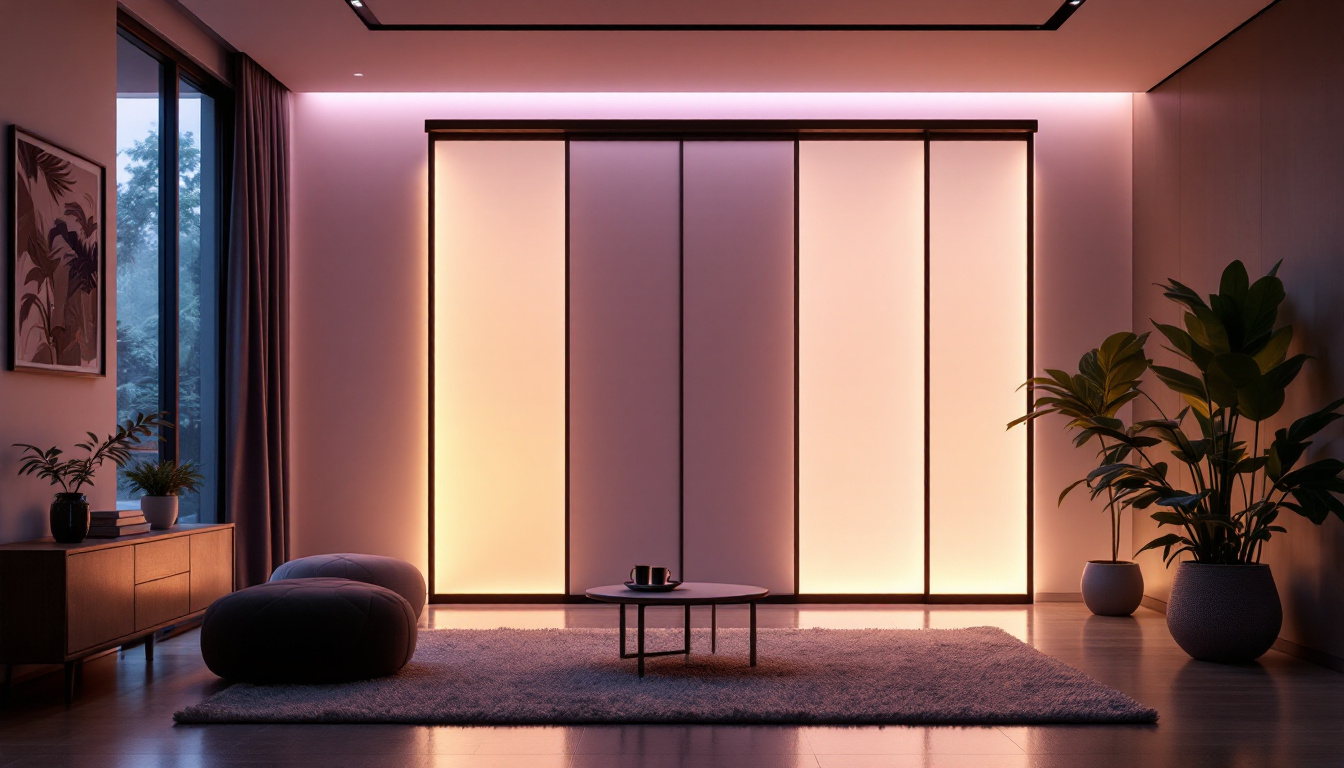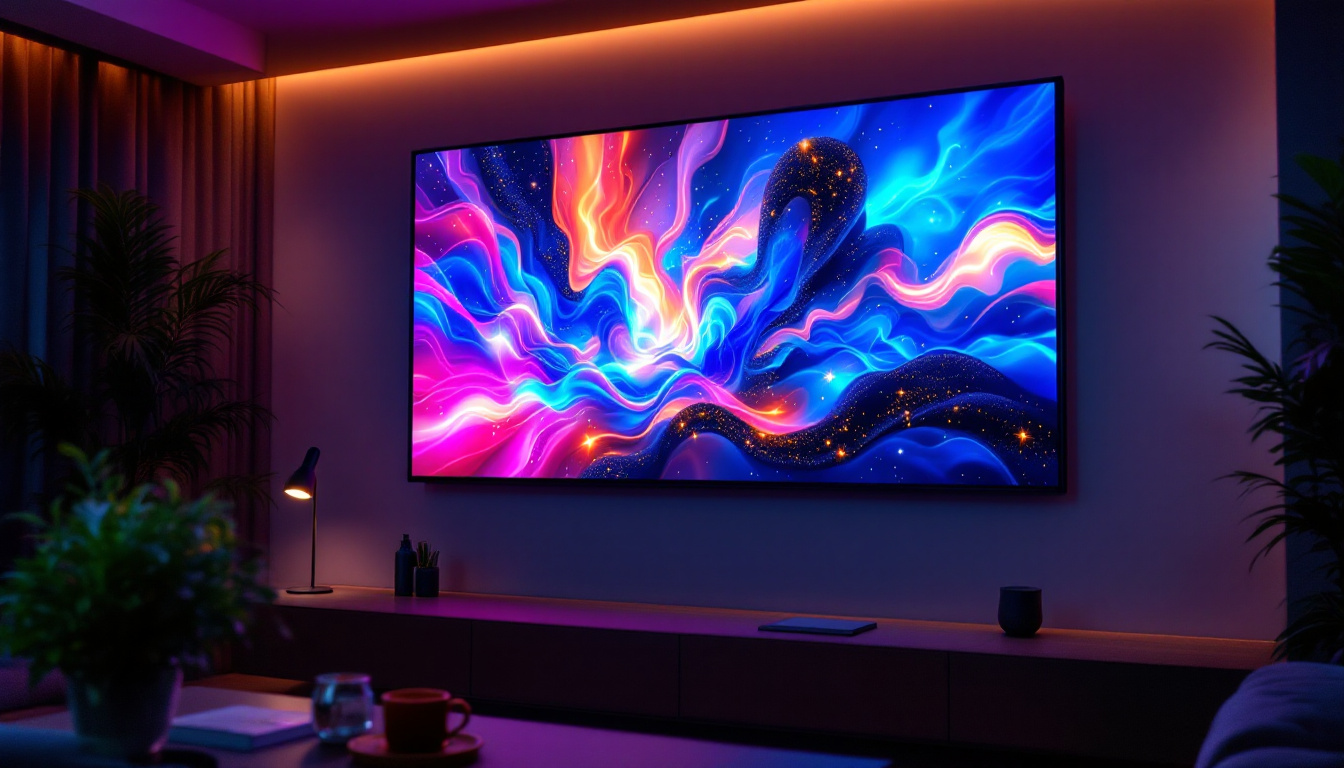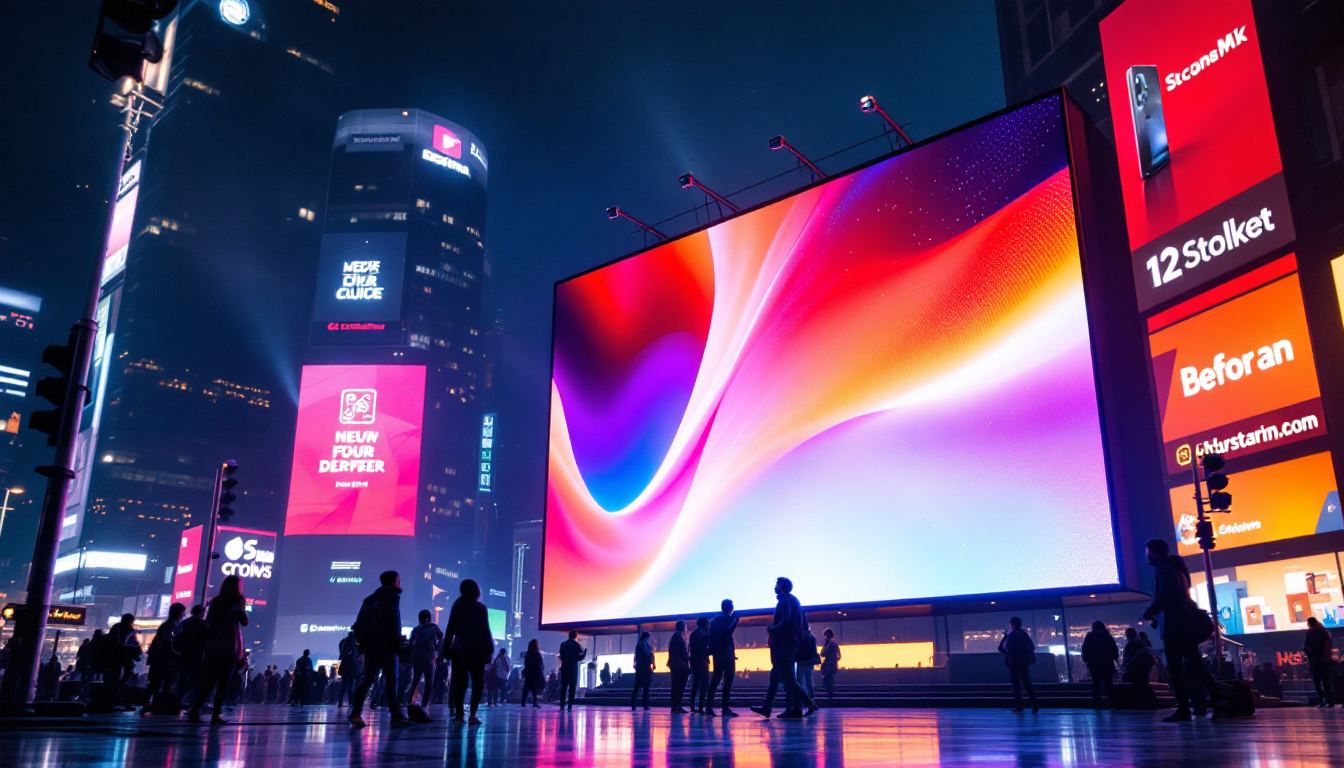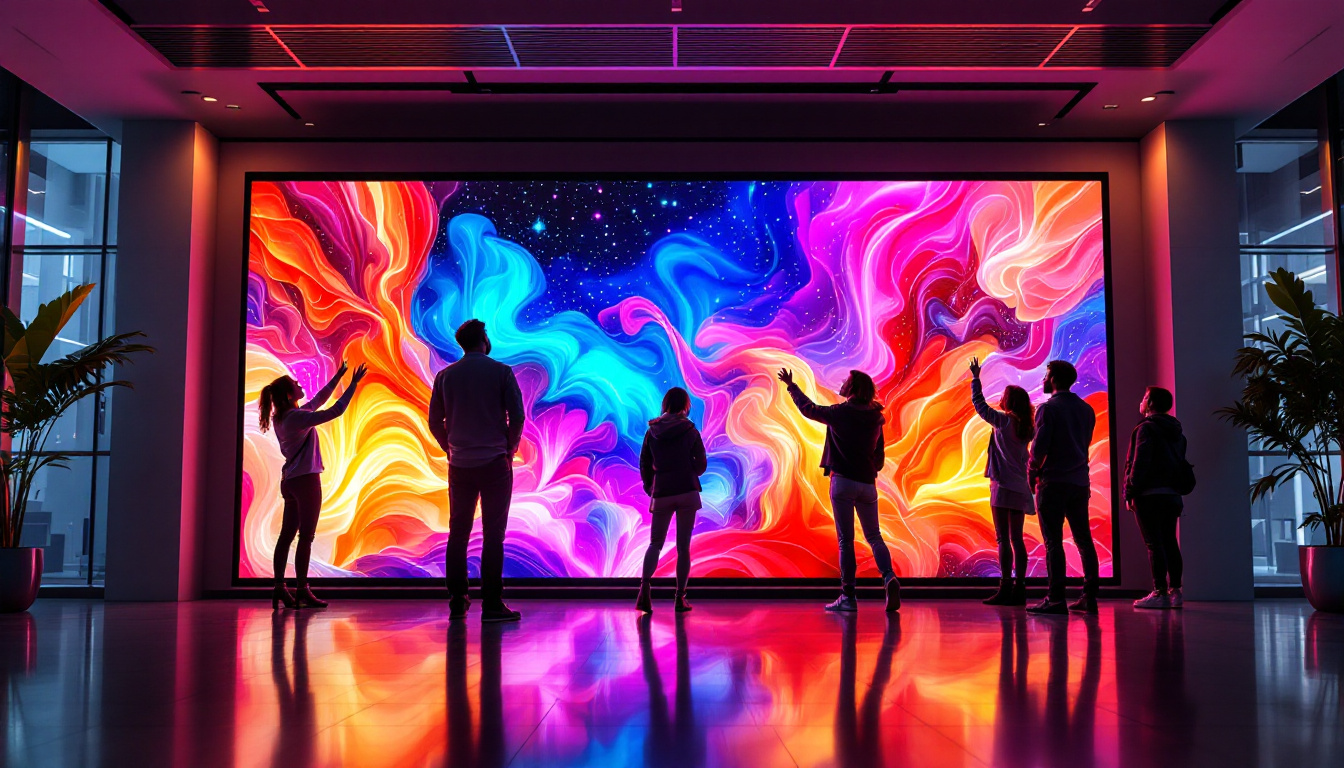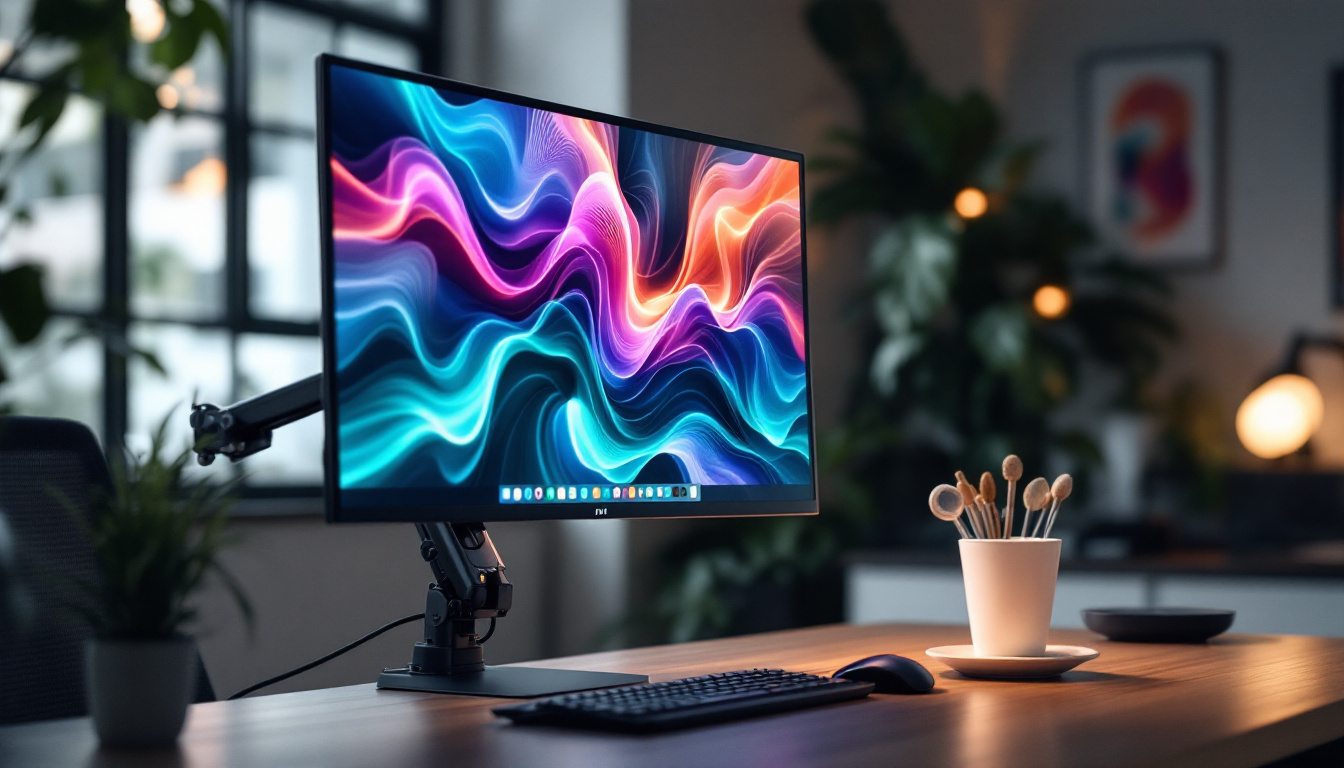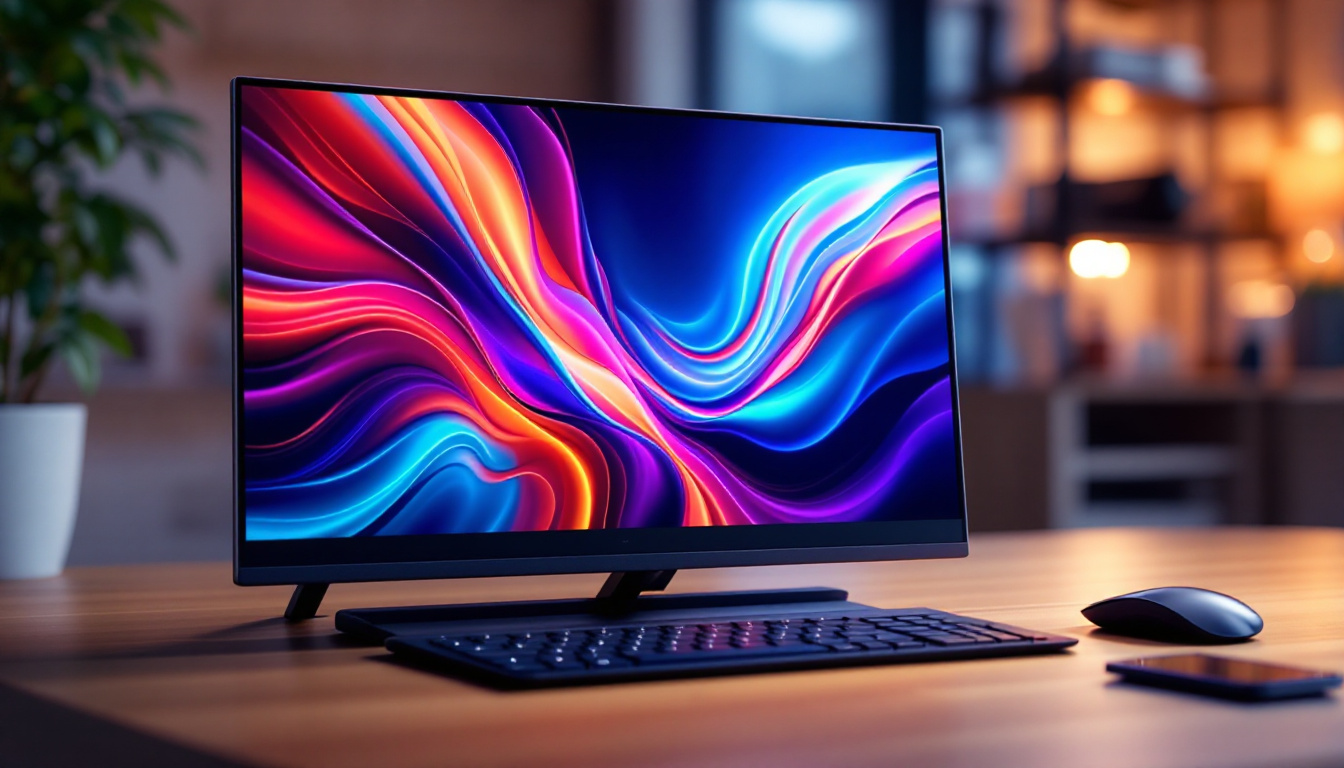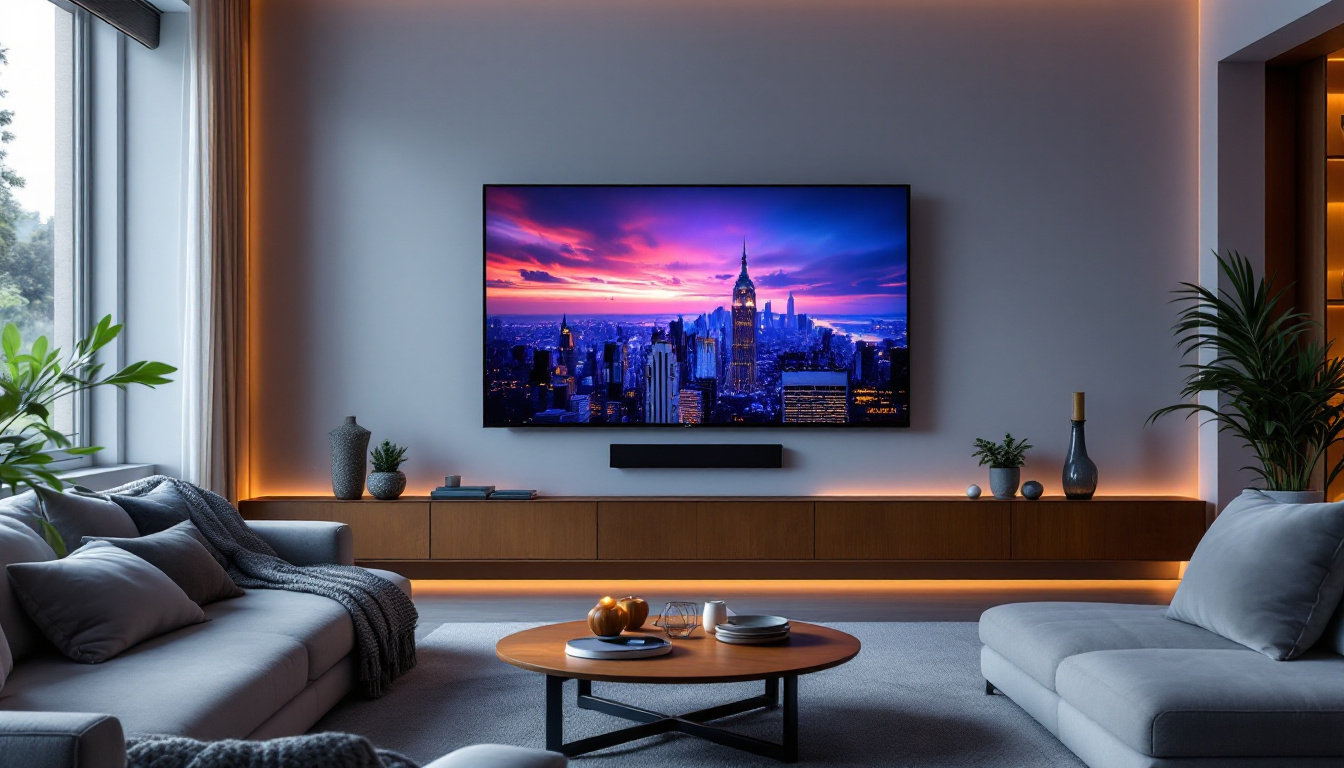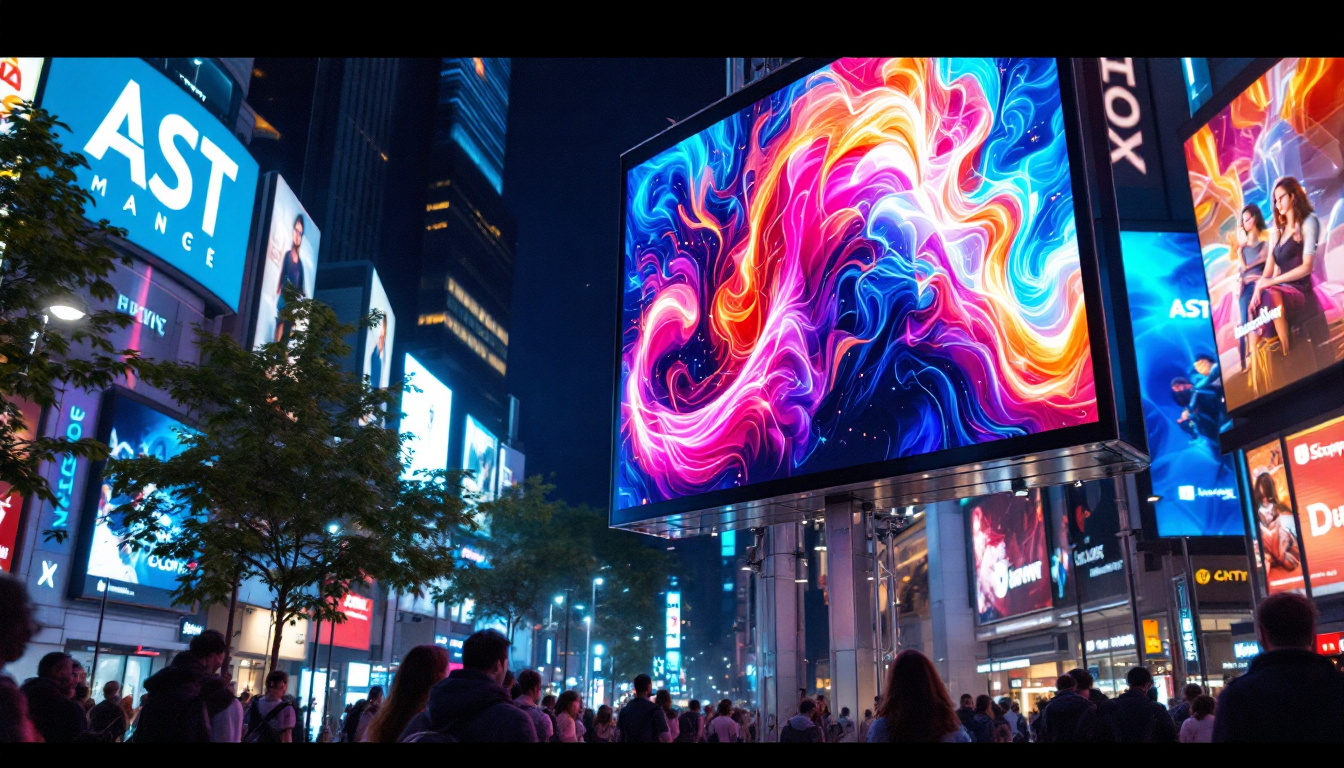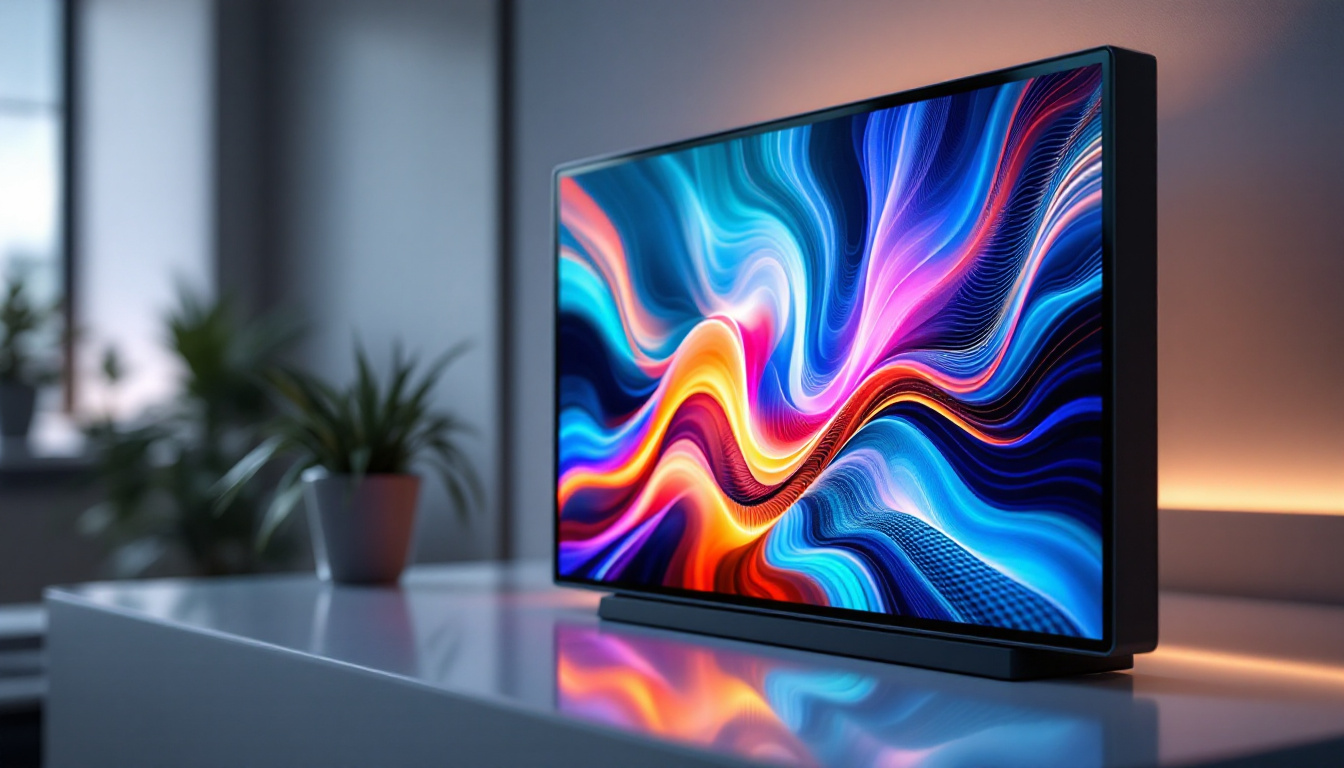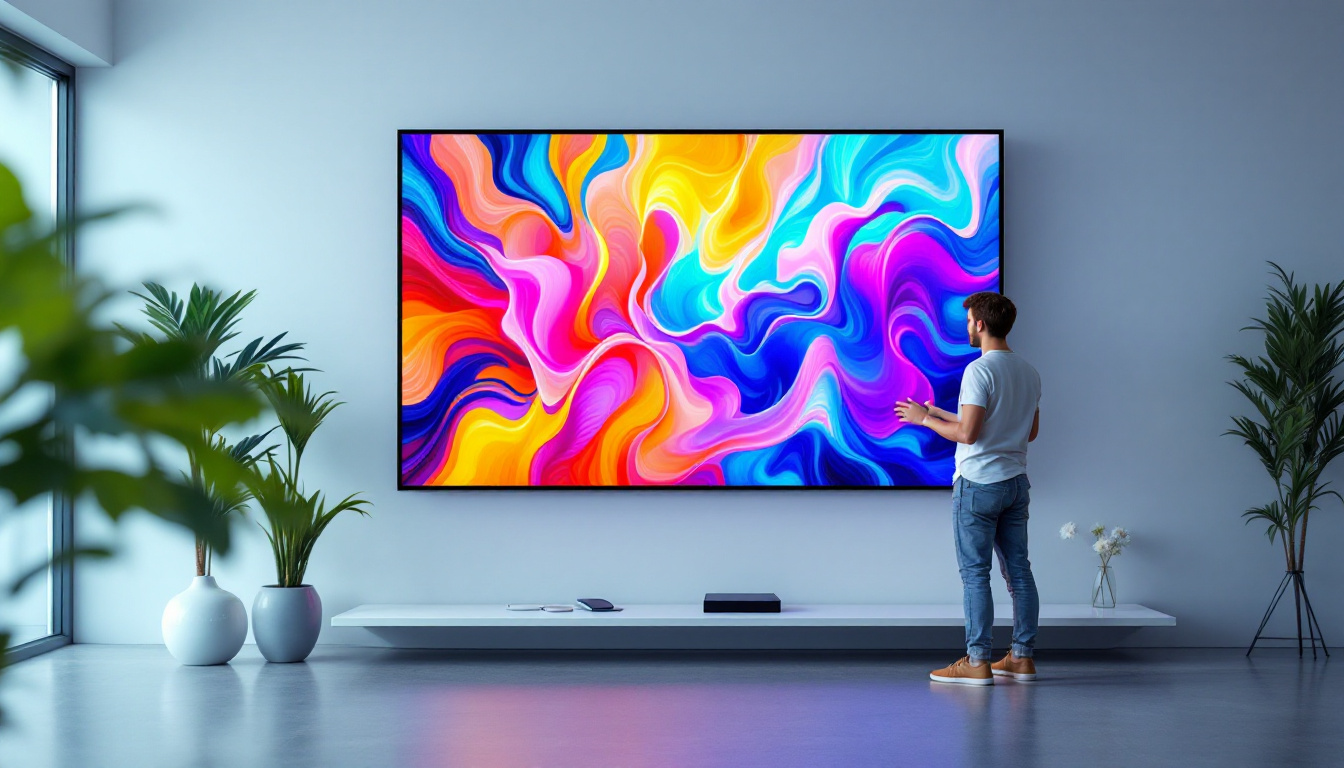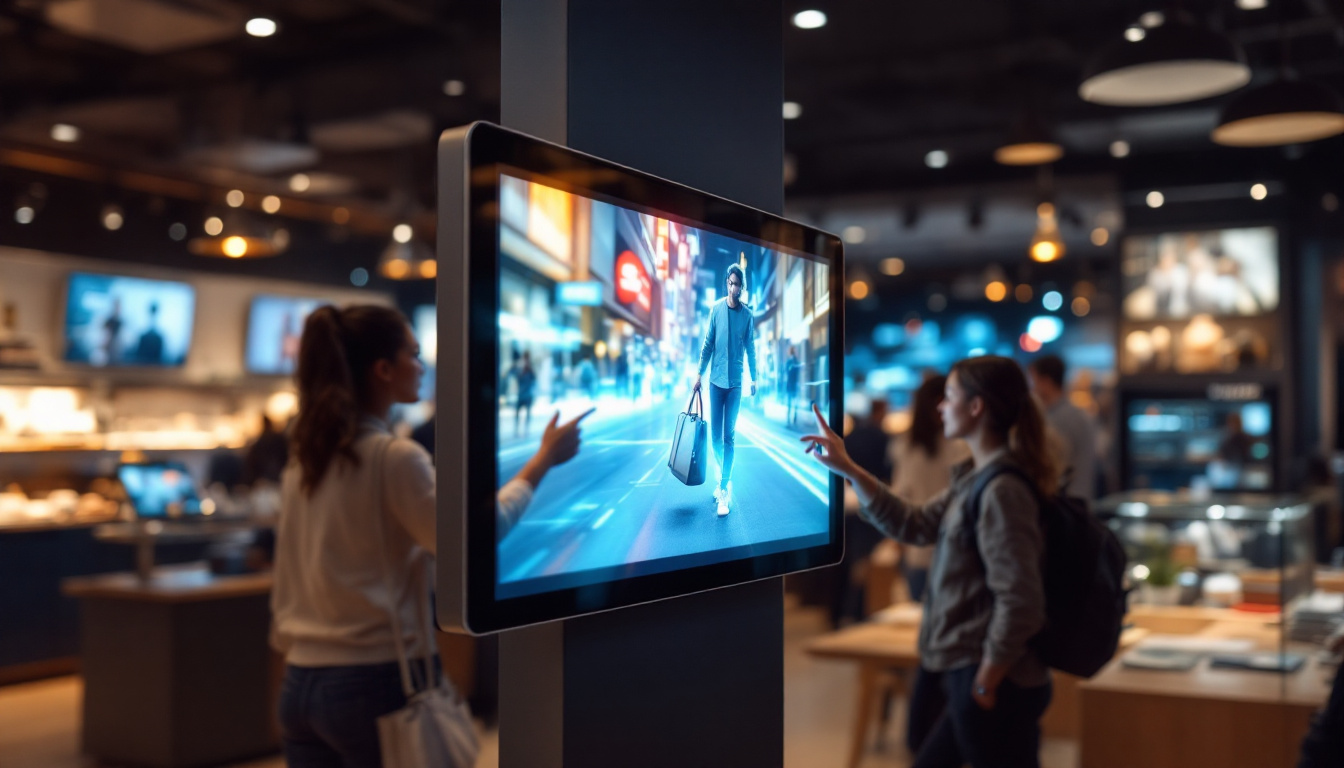In an era where technology seamlessly integrates into our daily lives, touch screen monitors have emerged as a vital component in both personal and professional settings. Among various sizes available, the 24-inch touch screen monitor stands out for its balance of usability and screen real estate. This article delves into the intricacies of 24-inch LED touch screen monitors, exploring their features, benefits, and applications.
Understanding LED Technology
LED (Light Emitting Diode) technology has revolutionized the display industry, offering brighter, more energy-efficient screens compared to traditional LCDs. The 24-inch touch screen monitor utilizes LED backlighting, which enhances the overall viewing experience. This advancement not only improves the visual quality but also contributes to lower energy consumption, making LED monitors an eco-friendly choice for consumers and businesses alike.
How LED Works
At its core, LED technology involves the use of diodes that emit light when an electric current passes through them. This process allows for a thinner and lighter design, which is particularly advantageous for touch screen monitors. The backlight illuminates the pixels on the screen, providing vibrant colors and sharp images. Additionally, LED technology supports a wide color gamut, which means it can reproduce a broader range of colors compared to older display technologies, enhancing the visual experience for users.
Moreover, LED displays can achieve higher brightness levels and better contrast ratios, making them suitable for various lighting conditions. Whether in a dimly lit room or a bright office, the clarity and visibility of the display remain consistent. This adaptability is crucial for applications such as digital signage, where screens must perform well in diverse environments, ensuring that content is always legible and engaging.
Types of LED Displays
There are primarily two types of LED displays: edge-lit and full-array. Edge-lit displays use LEDs positioned along the edges of the screen, while full-array displays have a grid of LEDs behind the screen. Full-array technology typically offers superior color accuracy and uniform brightness, making it a popular choice for professional applications. This is particularly beneficial for tasks that require precise color matching, such as photo editing or video production, where even slight variations in color can impact the final output.
For a 24-inch touch screen monitor, the choice between these types can influence the quality of the display. Users should consider their specific needs, such as color fidelity for graphic design or general use for presentations. Furthermore, advancements in LED technology, such as local dimming in full-array displays, allow for even greater control over contrast and brightness, enhancing the viewing experience by providing deeper blacks and more vibrant highlights. As technology continues to evolve, the possibilities for LED displays expand, promising even more innovative features for users in the future.
Benefits of 24-Inch Touch Screen Monitors
Investing in a 24-inch touch screen monitor comes with numerous advantages. From enhanced interactivity to improved productivity, these monitors are designed to meet the demands of modern users.
Enhanced Interactivity
Touch screen technology allows users to interact directly with the display, providing a more intuitive experience. This feature is particularly beneficial in educational settings, where students can engage with content through touch, making learning more dynamic and interactive.
In corporate environments, touch screen monitors facilitate collaborative efforts. Teams can brainstorm ideas, manipulate data, and present information seamlessly, fostering a more engaging atmosphere during meetings.
Space Efficiency
The compact size of a 24-inch monitor makes it ideal for various spaces, from home offices to conference rooms. Unlike larger displays that may dominate a room, a 24-inch monitor offers ample screen space without overwhelming the environment.
This size is particularly advantageous for multitasking, allowing users to have multiple windows open simultaneously. Whether for coding, design, or document editing, the 24-inch screen provides enough room to work efficiently without feeling cramped.
Versatile Applications
24-inch touch screen monitors are versatile and can be used in various applications. In retail, they serve as interactive kiosks, allowing customers to browse products, place orders, or access information easily. In healthcare, these monitors can be utilized for patient check-ins or displaying medical records, enhancing the efficiency of healthcare delivery.
Furthermore, in creative industries, graphic designers and video editors benefit from the precision that touch controls offer. The ability to manipulate images and timelines directly on the screen streamlines workflows and enhances creativity.
Key Features to Consider
When choosing a 24-inch touch screen monitor, several key features should be taken into account to ensure it meets specific needs.
Resolution
Resolution plays a crucial role in determining the clarity of the display. A higher resolution means more pixels, resulting in sharper images and finer details. For a 24-inch monitor, a Full HD resolution of 1920 x 1080 pixels is standard, but options such as 4K resolution are becoming increasingly popular for those requiring exceptional detail.
Touch Technology
Touch screen monitors can utilize various touch technologies, including resistive, capacitive, and optical touch. Capacitive touch screens, which detect touch through electrical currents, are known for their responsiveness and multi-touch capabilities, making them ideal for a wide range of applications.
Resistive screens, on the other hand, register touch through pressure, which can be advantageous in environments where users may be wearing gloves. Understanding the differences between these technologies is crucial in selecting the right monitor for specific use cases.
Connectivity Options
Connectivity is another vital aspect to consider. A 24-inch touch screen monitor should offer multiple ports, such as HDMI, USB, and DisplayPort, to ensure compatibility with various devices. Some monitors also come with built-in speakers and USB hubs, enhancing their functionality and convenience.
Choosing the Right 24-Inch Touch Screen Monitor
Selecting the right monitor involves evaluating individual needs, preferences, and intended use. Here are some factors to consider:
Intended Use
Understanding the primary purpose of the monitor is essential. For business applications, features like durability, reliability, and warranty may take precedence. Conversely, for creative professionals, color accuracy and resolution might be more critical.
Budget Considerations
Budget is often a determining factor in any purchase. While 24-inch touch screen monitors are available at various price points, it’s essential to balance cost with features. Investing in a quality monitor can lead to long-term benefits, such as improved productivity and user satisfaction.
Brand Reputation
Brand reputation can provide insight into the quality and reliability of a monitor. Researching customer reviews and expert opinions can help identify brands that consistently deliver high-performance products. A reputable manufacturer often offers better customer support and warranty options.
Applications of 24-Inch Touch Screen Monitors
The versatility of 24-inch touch screen monitors allows them to be integrated into various sectors, enhancing functionality and user engagement.
Education
In educational environments, touch screen monitors facilitate interactive learning experiences. Teachers can present lessons dynamically, while students can engage with the material directly. This interactivity can lead to improved retention and understanding of complex concepts.
Additionally, these monitors can be used for remote learning, allowing educators to connect with students virtually. The ability to share screens and collaborate in real-time enhances the overall learning experience.
Healthcare
In healthcare settings, 24-inch touch screen monitors streamline processes and improve patient care. They can be used for electronic health records (EHR), enabling healthcare professionals to access and update patient information efficiently.
Moreover, these monitors can enhance patient engagement, allowing individuals to view their medical information and treatment plans directly. This transparency fosters trust and encourages patients to take an active role in their healthcare.
Retail and Hospitality
In retail and hospitality, touch screen monitors are transforming customer interactions. They can serve as self-service kiosks, allowing customers to browse products, check in for flights, or place orders without the need for staff assistance.
This not only improves efficiency but also enhances the overall customer experience. In an age where convenience is paramount, touch screen technology meets the demands of modern consumers.
Future Trends in Touch Screen Technology
The future of touch screen technology is promising, with ongoing advancements that are likely to enhance the functionality and user experience of 24-inch monitors.
Increased Responsiveness
As technology evolves, touch screen monitors are becoming increasingly responsive. Future models may integrate advanced sensors that provide faster and more accurate touch detection, further enhancing user experience.
Additionally, the incorporation of haptic feedback technology could allow users to feel tactile responses when interacting with the screen, making the experience more immersive.
Integration with Artificial Intelligence
Artificial intelligence (AI) is set to play a significant role in the future of touch screen monitors. AI can enhance user interaction by providing personalized experiences based on user behavior and preferences.
For instance, AI-driven touch screens could anticipate user needs, suggest shortcuts, or even automate repetitive tasks, significantly improving productivity across various applications.
Environmental Considerations
As sustainability becomes a priority, manufacturers are likely to focus on creating eco-friendly touch screen monitors. This could involve using recycled materials, reducing energy consumption, and implementing sustainable manufacturing processes.
Consumers are increasingly aware of the environmental impact of their purchases, and companies that prioritize sustainability may gain a competitive edge in the market.
Conclusion
The 24-inch touch screen monitor represents a fusion of technology and usability, offering a versatile solution for various applications. With LED technology enhancing display quality and touch capabilities providing interactivity, these monitors are well-suited to meet the demands of modern users.
As industries continue to evolve, the role of touch screen monitors will likely expand, integrating advanced technologies and responding to the needs of consumers. Whether in education, healthcare, retail, or creative fields, the 24-inch touch screen monitor stands out as a valuable tool for enhancing productivity and engagement.
Investing in a quality 24-inch touch screen monitor not only improves user experience but also prepares individuals and organizations for the future of technology. With ongoing advancements, the potential for these monitors is limitless, making them a worthwhile addition to any workspace.
Discover LumenMatrix’s Advanced LED Displays
Ready to elevate your interactive experience with a top-tier 24-inch touch screen monitor? Look no further than LumenMatrix, a pioneer in LED display technology. Our comprehensive range of solutions, from Indoor and Outdoor LED Walls to innovative LED Posters and Custom Displays, is designed to bring your visual communication to life. Whether for education, healthcare, retail, or any creative endeavor, LumenMatrix’s LED displays promise to enhance engagement and ensure your message resonates with brilliance and clarity. Check out LumenMatrix LED Display Solutions today and transform your space with cutting-edge technology.

